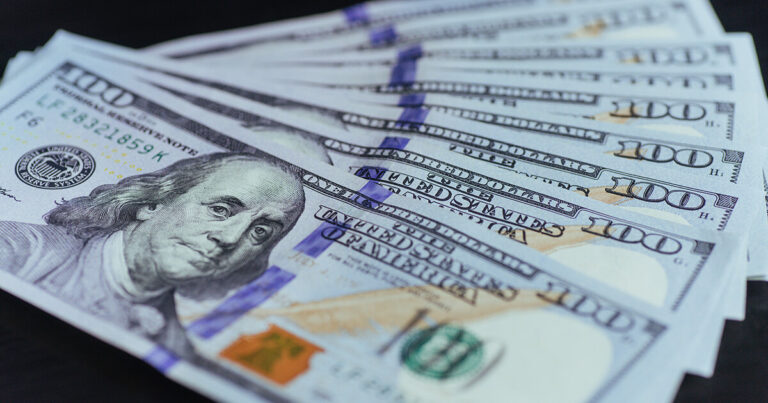The central bank of every country has the power to regulate how money circulates in a country. The importance is to ensure money is adequately distributed such that it is not misused or abused. Also, the activities of the central bank put both inflation and deflation in check by ensuring that the value of money does not depreciate. Hence, one of the tools employed by the central bank is a foreign exchange intervention.
What is foreign exchange intervention?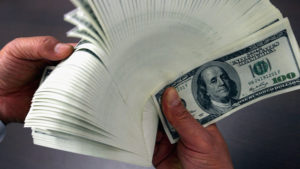
A foreign exchange intervention is a policy used by a central bank, which is about money. It is appropriately explained as when the central bank assumes a participatory role and uses an active role to influence the transfer rate of monetary funds of the country’s currency. The central bank can do this using its ability to make the currency or use its reserve. Considering the instability in the economic condition of a developing country, the central bank uses foreign exchange market intervention as a means to create reserves for themselves or supply them to the banks of the country. The objective is most times to ensure the stability of the exchange rate. The purpose is known as exchange rate intervention.
How does foreign exchange intervention works?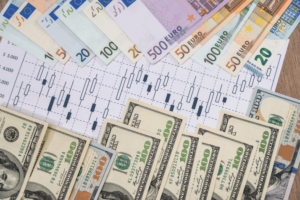
There are various means by which a central bank can increase the supply of money. However, when the central bank does that, it must pay attention to reduce the unintended consequences. An example of unintended consequences includes runaway inflation. How successful the foreign exchange intervention gets is dependent on how the central bank limits the impact of outflows and inflows of the money supply. It is also a function of the general macroeconomic policies which the government of a country employs when it is necessary.
Nevertheless, the central bank is frequently faced with challenges, majorly two. These are how to determine the amount and time of intervention. This implies that to avoid such problems, there is a need for a fair amount of effort carried out with a proper understanding before embarking on such a productive journey. Some other times, it is safer to run a corrective intervention for a short period after the first approach has been carried out. Exchange rate intervention is also regulated to keep a tab on the inflow and outflow of money. If this is not done, the whole process of foreign exchange intervention will only result in futility.
Currency interventions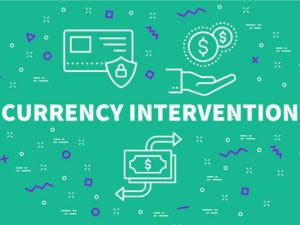
Currency interventions happen when the central bank sells or purchases the currency of its own country in the foreign exchange market to be able to influence the value. Even though this is a new policy, quite several countries in the world have employed currency intervention to control the valuations of currency. Notable names of the country include Japan, China, and Switzerland.
Most times, the goal of currency intervention is to ensure that the value of a local currency is maintained to be lower when compared to foreign currencies. As a result of higher valuations of currency, exports become less competitive after all there is a higher price for products when they are bought in a foreign currency. Due to this, it is evident that when there is a lower valuation of currency, there would be an improvement in exports and economic growth.
Hence, in a bid to regulate how foreign exchange intervention affects the forex market of a country, currency intervention may be an essential tool. As time goes by, there might be a need for foreign exchange market intervention to also curtail excessive fluctuations and stabilize them in the rates of foreign exchange. The next question is, who conducts or carries out this different currency intervention? An examination into the central bank definition provides such details.
Central Bank Definition
The central bank is known as the reserve bank. It is an institution that has the authority to manage the currency, interest rates, and money supply of a state. It also oversees the commercial banking system, increases the monetary base, and controls the coining or printing of the currency of the country. Very importantly, the central bank controls the financial crisis of the country that deals with currency inflow or outflow. This ability is called regulatory and supervisory powers which are necessary to avoid bank runs and discourage fraudulent acts or fraudulent display of member banks.
Their activities are independent of political interference. The following are the functions of a central bank which permits it to carry out those types of intervention.
- Implementation of monetary policies.
- Setting the rate of interest that manages the country’s inflation and exchange rate.
- Control of the entire money supply of a nation.
- The bank of the Government and other banks.
- Regulation and supervision of the state’s banking industry.
- Management of the foreign exchange and government bonds of the country.
It appears like the central bank makes all of the money regulation. However, let us see how the government helps in this matter too.
Government intervention in currency markets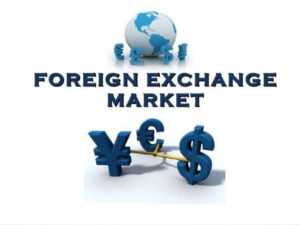
The government can intervene in the foreign exchange market. Their approach is different from how central banks influence the exchange rate. The approaches by government include;
- Borrowing and reserves – the government uses its foreign exchange reserves to maintain the value of its exchanging rate if it is falling. This means that the government can sell its pounds reserve and purchase dollars.
- Borrow – the government can contact abroad and borrow foreign currency from them.
- Changing interest rates – when there is a higher rate for interest, there would be more savings of money. A higher rate of interest will force more demand for the currency of the state.
- Reduce inflation – the government can reduce inflation by tight monetary or fiscal policy.
Final Thought
More so, the central bank buying and selling rate is essential in the regulation of funds. The reason is that it gives value to the currency of a state concerning another state or the world’s economic exchange rate. However, this exchange rate is determined by the activities in the foreign exchange market. Yet, the central bank can put measures on the ground to determine what the standard should be.




